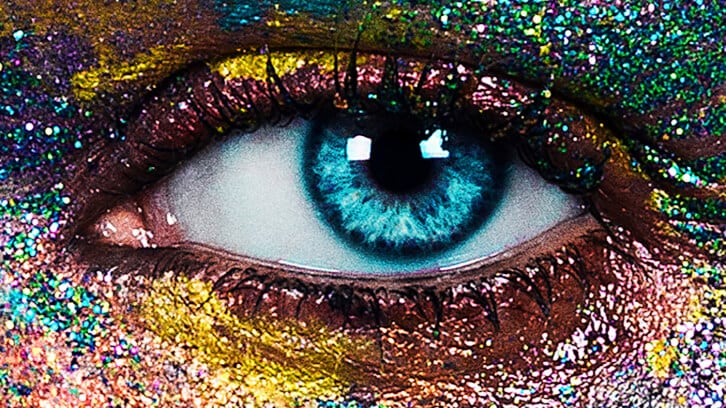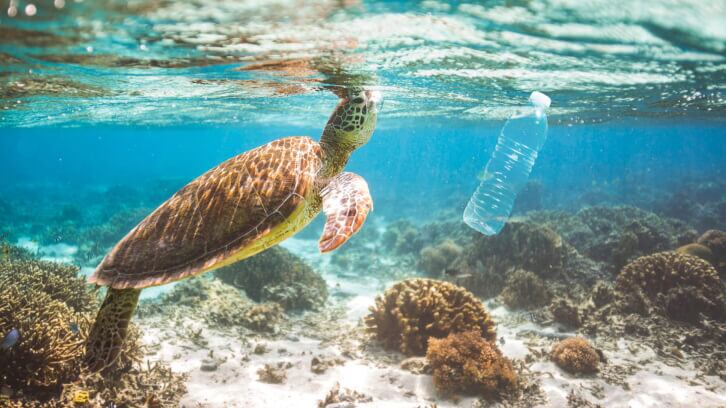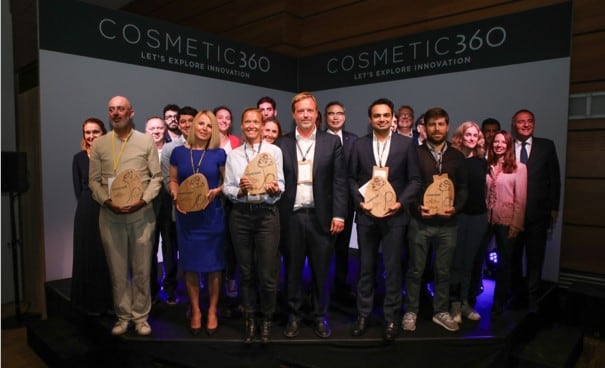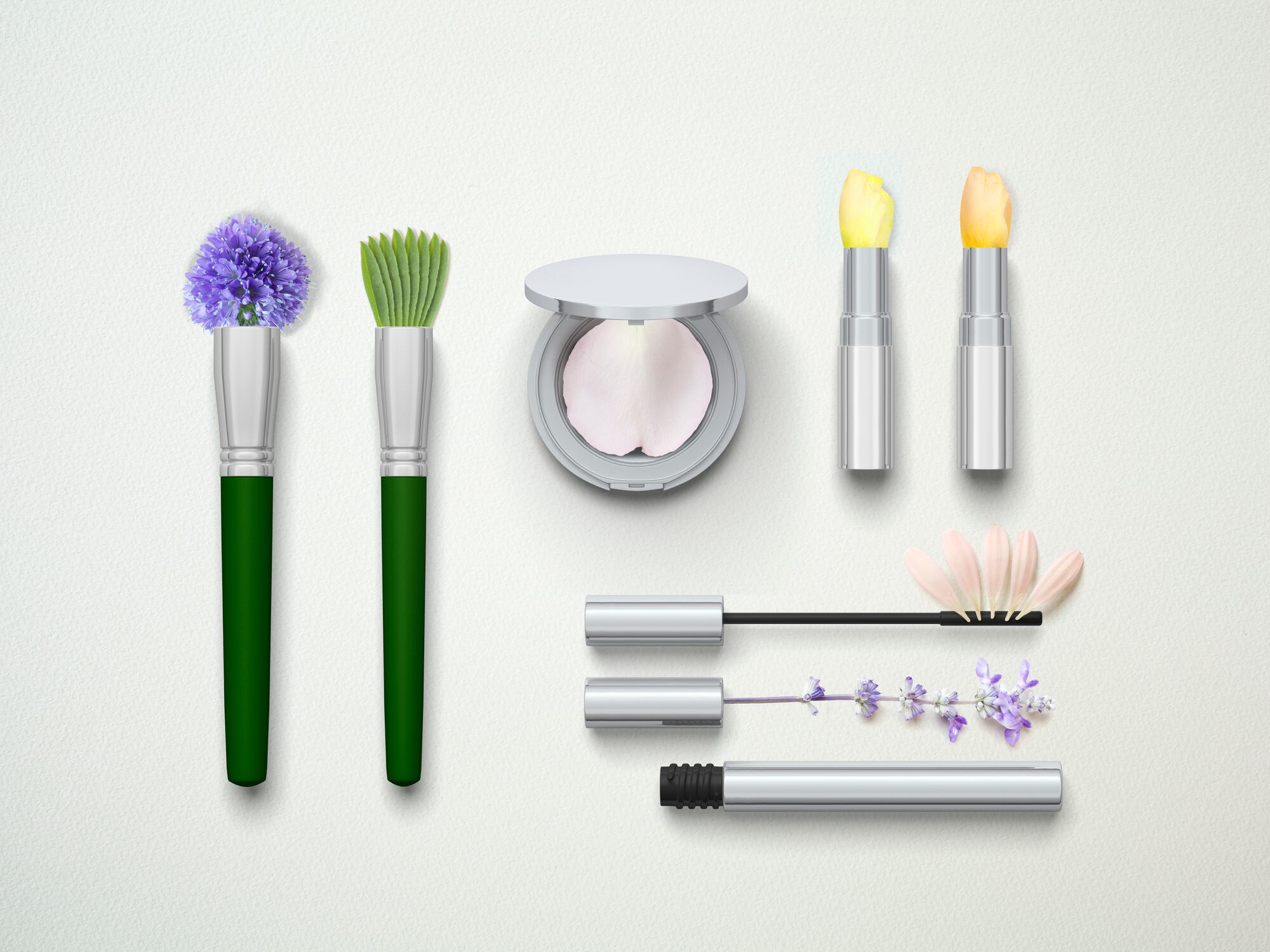Within the last week the EU has shared new guidelines that will impact the sale of beauty products that contain glitter, while the French government has published a list of ingredients it considers to be endocrine disruptors.
The EU’s microplastics ban – the fate of glitter in cosmetics
The Commission Regulation (EU) 2023/2055, which restricts the use of synthetic polymer microparticles on their own or intentionally added to mixtures, (also known as 'the microplastics restriction') now applies, as of 17th October.
The microplastics restriction concerns synthetic polymer microparticles (known as 'microplastics') on their own or intentionally added to mixtures.
The sale of cosmetics that contain glitter made from non-biodegradable, insoluble plastic has been banned from sale in the European Union (EU).
The EU has stated that the “purpose is not to ban all glitter but replace plastic glitter with more environmentally friendly glitter that does not pollute our oceans.”
It also said that products already on retailers’ shelves or in suppliers’ stocks can continue being sold until stocks run out.
And biodegradable, soluble, natural or inorganic glitter is not considered to be a microplastic and can continue being sold.
Glitter used in cosmetics, even loose glitter for use as a cosmetic product, can continue being sold until the end of the following transitional periods:
- 16th October 2027 included, for rinse-off cosmetics.
- 16th October 2029 included, for leave-on cosmetics.
- 16th October 2035 included, for make-up, lip and nail cosmetics. And from 17 October 2031 until 16 October 2035, makeup, lip and nail products will need to bear a label to clearly indicate that they contain microplastics to continue to be sold.
The Commission said it was working on a detailed Q&A document to help with the implementation of the new rules that would be available by the end of 2023.
Meanwhile, more information on the topic can be found here.
France establishes a list of ‘endocrine-disrupting’ substances
On 12th October, France’s Minister of Ecological Transition and Territorial Cohesion published two noteworthy ‘Decrees of 28 September 2023’ relating to substances with endocrine-disrupting properties.
One decree identifies:
- "Substances that have properties of endocrine alterations qualified as proven and presumed, may be made available to the public for commercial purposes;
- Substances with endocrine disrupting properties classified as suspicious;
- The categories of products that present a particular risk of exposure to which the obligation of information applies to the presence of endocrine disrupting substances classified as suspicious."
The aim is to help consumers be more aware of the presence of substances that have endocrine-disrupting properties in a product, as indicated by France’s AGEC law – an anti-waste law that's working towards a more circular economy.
For each product that contains one of the listed ingredients, companies must declare the information and make it available through electronic means, in an open format that is easily reusable and usable through an automated process system.
A second Decree appoints an alternative method of informing the public, an app called Scan4Chem, to detail the presence of substances that qualify as proven, presumed, or suspected endocrine-disrupting properties in products.
The list of banned substances can be found here.
Looking for more updates on European and UK cosmetics regulations? CosmeticsDesign-Europe recently published this helpful update.





